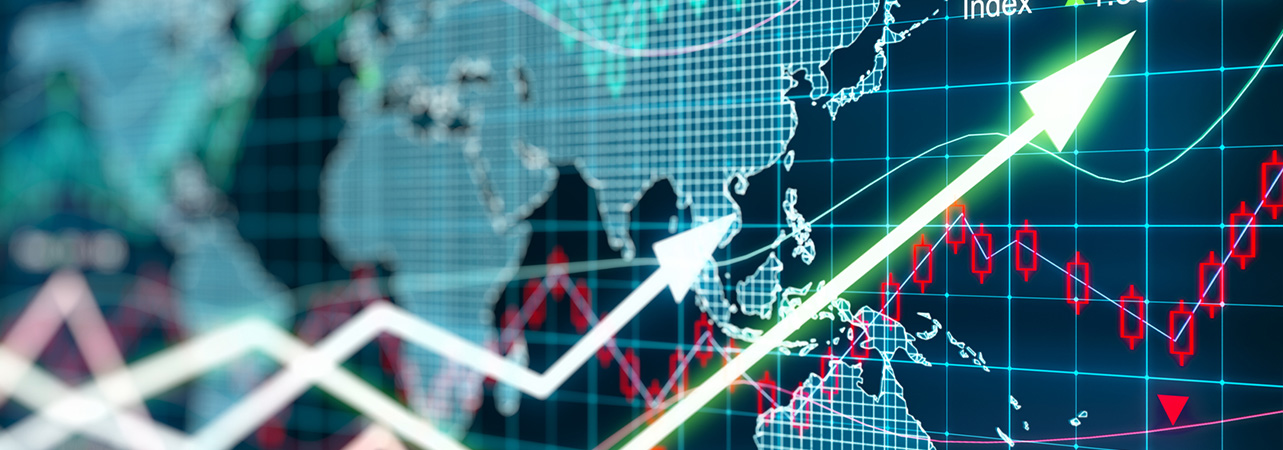January 2018
The price of oil rose to US$70 per barrel for the first time in over three years during January as OPEC members confirmed that they would continue to limit output until the end of 2018. Meanwhile, share prices in Brazil received a boost from the news that former President Luiz Inacio Lula da Silva had failed in his appeal against his conviction for corruption.
- Brazil’s rate of inflation moved back into target range
- Another cut in Brazil’s Selic rate is widely expected
- India’s Prime Minister Modi intends to roll out the red carpet for investors
To view the series of market updates through January, click here
The price of oil rose to US$70 per barrel for the first time in over three years during January. The members of OPEC (Organisation of the Petroleum Exporting Countries) confirmed that they would continue to limit output until the end of 2018.
“China posted economic growth of 6.9% during 2017”
Share prices in Brazil received a boost from the news that former President Luiz Inacio Lula da Silva had failed in his appeal against his conviction for corruption in July 2017. The Bovespa Index performed strongly over January, rising by 11.1% over the month.
During January, the Governor of Brazil’s central bank, Ilan Goldfajn, published an open letter to the President of Brazil’s National Monetary Council, in which he set out his explanation for the below-target rate of inflation. Brazil’s annual rate of inflation ended December at 2.95%, whereas the central bank’s target for inflation is 4.5% plus or minus 1.5 percentage points. Mr Goldfajn highlighted the effects of a recovering economy alongside “supply shocks” that led to record heights of agricultural production. Brazil’s rate of inflation subsequently rose to 3.02% year on year in the middle of January, moving back into the official target range. Brazil’s key Selic interest rate currently stands at 7%, but is widely expected to undergo another cut as early as February. A year ago, in January 2017, the Selic rate was 13%.
China posted economic growth of 6.9% during 2017, exceeding the official annual target of around 6.5% that was set during the annual National People’s Congress in 2017. This was the first time since 2010 that the country’s economy has registered faster growth than in the previous calendar year. The benchmark Shanghai Composite Index rose by 5.3% during January.
India’s annualised rate of wholesale price inflation eased from 3.93% in November to 3.58% in December, dampened by a slowdown in food price increases. In a speech at the World Economic Forum in Davos, India’s Prime Minister Narendra Modi hailed the country’s expansion, highlighting the six-fold growth in India’s economy since 1997. Looking ahead, he intends to support further growth by “removing red tape and laying red carpet for investors”. The CNX Nifty Index rose by 4.7% over the month. Elsewhere during January, Deputy Governor of the Reserve Bank of India (RBI) Viral Acharya warned that the country’s banks should remain aware of the risks posed by the bond market.
A version of this and other market briefings are available to use in our newsletter builder feature. Click here















